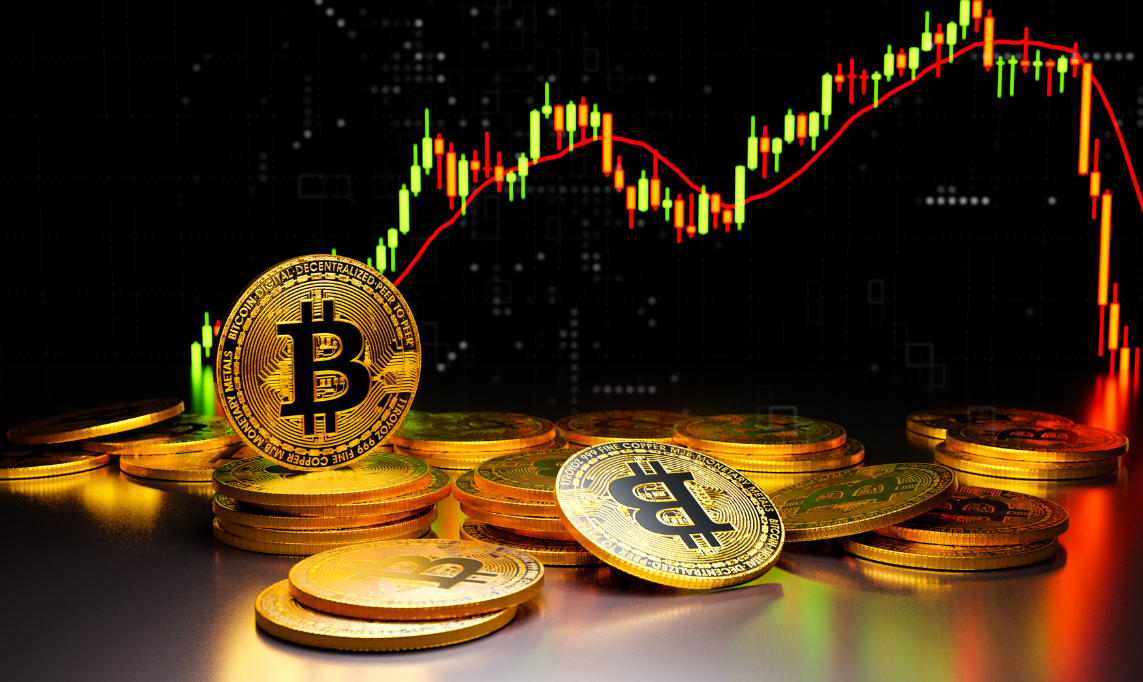Few people in Italy knew of it, at least until last week. But Silicon Valley Bank, a commercial bank based in Santa Clara, California, has filled the financial headlines around the world in just a few days, from New York to Rome, via London, Paris, Tokyo and Beijing. Everything is linked to the veritable crash that the overseas bank suffered in recent days, after depositors competed to withdraw their money, causing a liquidity crisis.
The stock exchanges reacted accordingly, with a collapse of the main world stock markets, from the United States to Europe, even raising the spectre of a contagion effect on other banks and of a new financial crisis like that of 2007-2008. Before giving credence to too much easy alarmism, however, it is a good idea to review in broad outline what happened to SVB, which is a reality sui generis, quite different from the banks that Italian savers have to deal with every day. Broadly speaking, Silicon Valley Bank is first of all an institution very focused on the technology sector, and in particular on venture capital, i.e. funds that support innovative companies with high growth potential.
Secondly, SVB has implemented foolhardy risk management, investing the resources raised in the short term (primarily through deposits) in long-dated financial assets, including bonds and Mortgage-Backed Securities (Mbs). These types of fixed-income financial instruments, as anyone familiar with the mechanics of finance knows, depreciate considerably when interest rates rise, as has been the case in recent months. Thus, faced with a rush of customers quickly withdrawing their deposits, a bank with balance sheets like SVB inevitably ended up in a liquidity crisis, being forced to repay depositors by selling securities and long-dated assets that were heavily devalued, incurring astronomical losses.
"SVB is a rather special bank of its kind because of several factors that make it different," says Generoso Perrotta, Head of Financial Advisory at Banca Generali, who adds: "Its business model focused on venture capital is not typical. While it is the element that has allowed the company to grow exponentially over the past four years, fostering an increase in deposits of about 180% since 2019 (a rate well above the rate recorded by the average US bank), it has led to a strong concentration of short-term liabilities, which mainly refer to large companies and not to retail investors. By contrast, the deposits of the largest US banks refer for a large share to retail customers, resulting in a greater diversification of their balance sheet liabilities".
 Generoso Perrotta, Head of Financial Advisory
Generoso Perrotta, Head of Financial Advisory



